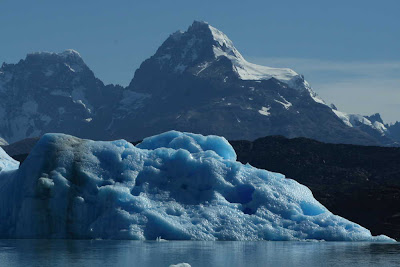 At Sachsaywuman Ruins, Cuzco,Peru
At Sachsaywuman Ruins, Cuzco,PeruAs we flew again over Cuba on the way to Orlando, I did not hear any encoré comments from Mortimer or Margaret about lobbing a few bombs Fidel’s way. These trips are perhaps too intense and demanding to elicit much emotion at a time like this. Each of us who participated in this journey could use a vacation after this whirlwind adventure. But there’s no doubt the trip was a succes in every possible way. The diversity and variety of the stops was astounding, the weather was mostly perfect, and all went off without a single hitch. TCS is the be commended for their preparation and attention to detail in these expeditions. It went off flawlessly.
Most everyone really seemed to enjoy the trip, perhaps more so than other trips I’ve been on. There were of course the usual negative comments from a very few about some of the stops. The Amazon was not a favorite for many in our group but I believe the rain we encountered there may account for much of this feeling (and the fact that the tropics are simply a difficult destination for most North Americans). But if one is to continue in this line of work (as I will), you simply cannot let the bad-vibbers get you down. They'll always be around no matter how hard you may try to get them to see things in a different light.
My final comments to the group are usually the same - keep your eyes and hearts open to change, expect the unexpected, go with the flow. For folks in this day and age of cell phone calls from Patagonia, this can be a huge undertaking. We are told incesantly to “take control of our lives”. On a trip such as this, it seems to me that those who want to take a trip are not as richly rewarded as those who let a trip take them. Africa begins in just six weeks! It's home to Helen for now!
















































